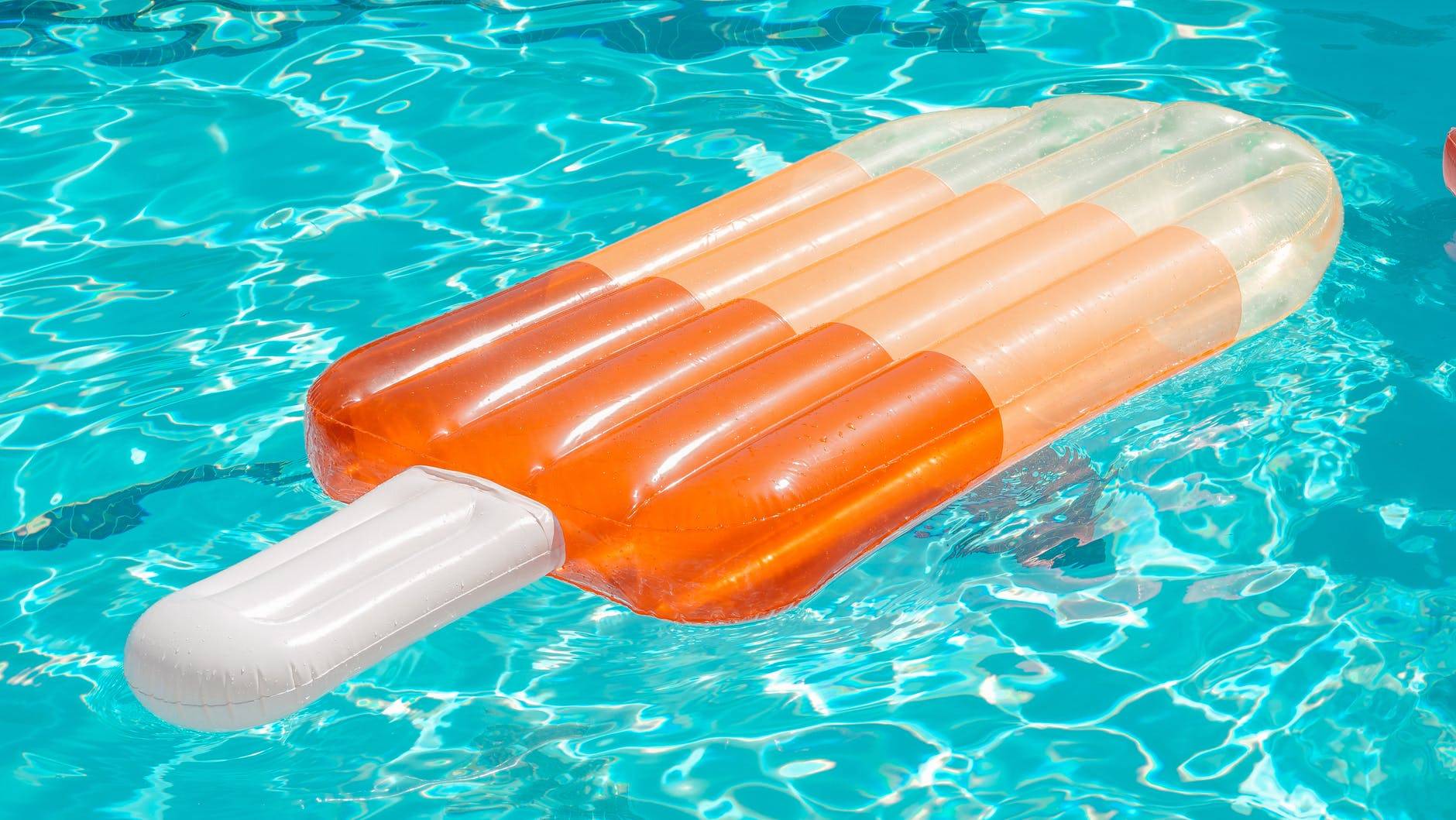My CYA is routinely 70-80ppm. I once (a long, long time ago) had it up to 90ppm and had to SLAM my pool. That required an FC of 36ppm. The SLAM lasted 3 days. My equipment and pool were fine.
The Taylor FAS-DPD test can measure FC all the way up to 50ppm reliable if one is using 2 scoops of the R-0870 DPD powder reagent. It is designed to handle high FC levels. I have measured FC levels as high as 40ppm with it. It is a very accurate and repeatable test. The color matching DPD test that uses the R-0001/R-0002 reagents can easily measure up to 10ppm FC but will bleach out above 20ppm FC. You don't titrate with that test, you just color match (like what one does with the yellow OTO test, except way more accurate than OTO).
The active chlorine compound that causes "damage" to anything is hypochlorous acid. When CYA is present in water, it holds most of the chlorine atoms in reserve by bonding the chlorine atom to the CYA molecule. So there is only a small fraction of the chlorine that exists as hypochlorouos acid at any given time. In any chlorine test, free chlorine (FC) is the sum of all active and RESERVE chlorine - so it's the sum total of hypochlorous acid, hypochlorite anion, and chlorine held in reserve by CYA. So when you see an FC at 28ppm and you have a CYA of 80ppm, there is only about 0.38ppm of that in the form of hypochlorous acid. That's not enough oxidizer to damage anything but it is certainly enough of a disinfectant to kill ANYTHING in the water that is living (except humans and pets). That is the hole point of CYA - if it weren't in the water, it would be nearly impossible to maintain such low levels of FC to create bather comfort and disinfection. You'd either always have too much or too little active chlorine.



